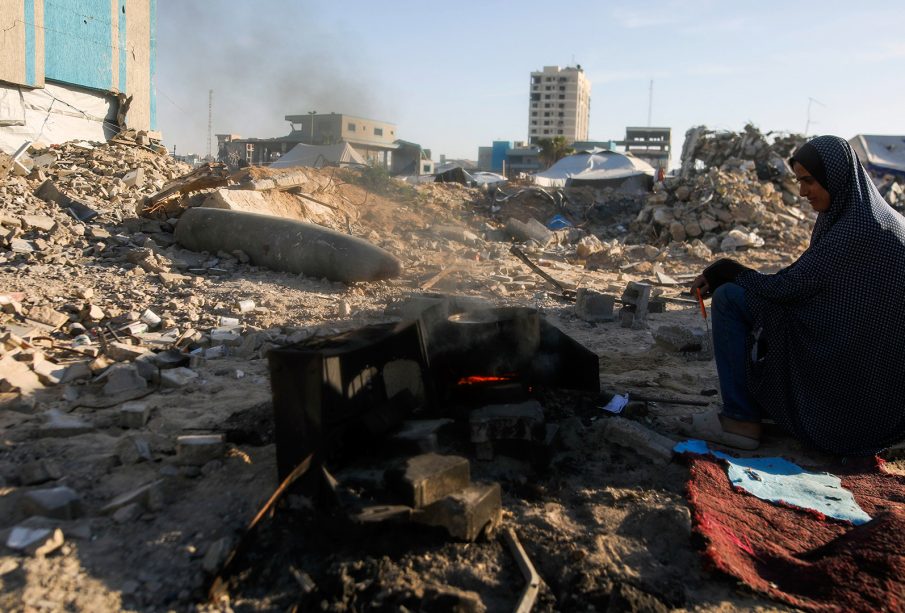The Current Situation in Gaza: Challenges and Humanitarian Needs

Introduction
The Gaza Strip has been a focal point of significant geopolitical tension and humanitarian crises for decades. The region has experienced an escalation of violence in recent months, with renewed military confrontations leading to drastic humanitarian needs. Understanding the situation in Gaza is essential for grasping the broader implications for regional stability and humanitarian efforts.
Recent Events
In the past few months, Gaza has witnessed an alarming rise in hostilities, particularly following the outbreak of violence in October 2023. The confrontation between Israeli forces and Hamas has intensified, resulting in numerous casualties on both sides. According to reports from the Palestinian Ministry of Health, thousands have been injured, and hundreds have lost their lives amid the conflict. The heavy bombardment has also caused extensive destruction of infrastructure, leading to widespread displacement and urgent humanitarian needs.
The United Nations has raised concerns about the increasingly severe living conditions in Gaza, where the blockade has contributed to a profound humanitarian crisis. Access to basic necessities, including clean water, food, and medical supplies, is limited. International organisations have been calling for immediate ceasefires and humanitarian corridors to enable the distribution of aid, but progress has been slow amidst the ongoing violence.
The Humanitarian Impact
The humanitarian situation in Gaza remains critical. Reports indicate that up to two million individuals are in dire need of assistance, with many lacking access to healthcare and essential services. The destruction of hospitals and medical facilities has exacerbated health issues, particularly during a time when diseases are rampant due to unsanitary conditions.
Human rights agencies have documented increased reports of human rights violations, both against civilians and humanitarian workers. Food insecurity has reached alarming rates, with many families struggling to meet their daily caloric needs. The blockade has severely restricted the economy, leading to high unemployment rates and further impoverishing the population.
Conclusion
The situation in Gaza is not only a crisis of ordinary life but also one of profound international importance. The implications of the conflict extend far beyond the region, impacting diplomatic relations and global humanitarian efforts. As global leaders and humanitarian organisations continue to call for resolutions and aid, the pressing need for dialogue and peace remains integral to addressing the challenges faced by the people of Gaza. With the international community’s eyes on the Gaza Strip, it is crucial to foster understanding, compassion, and action in pursuit of a lasting solution to this enduring conflict.









